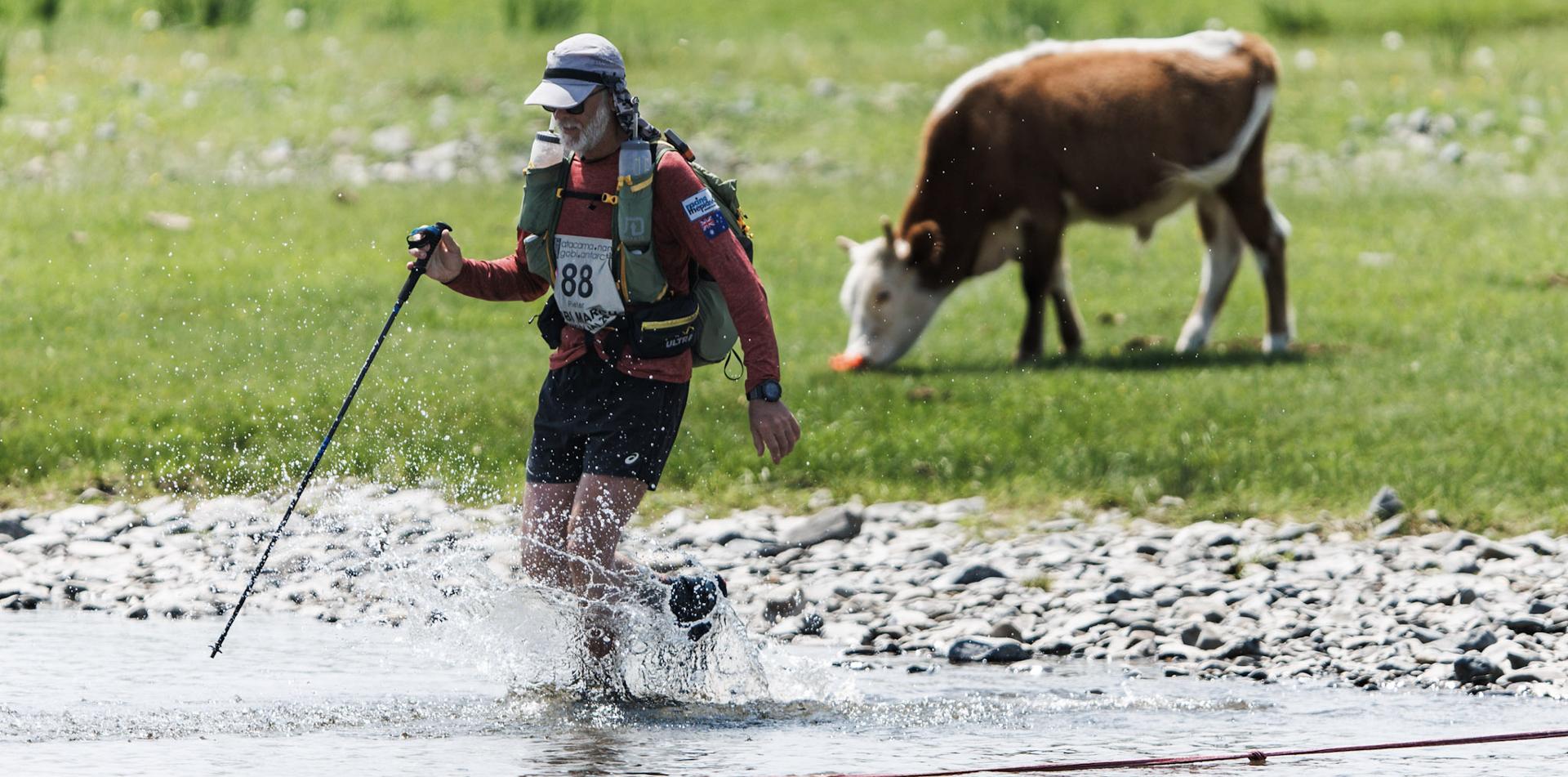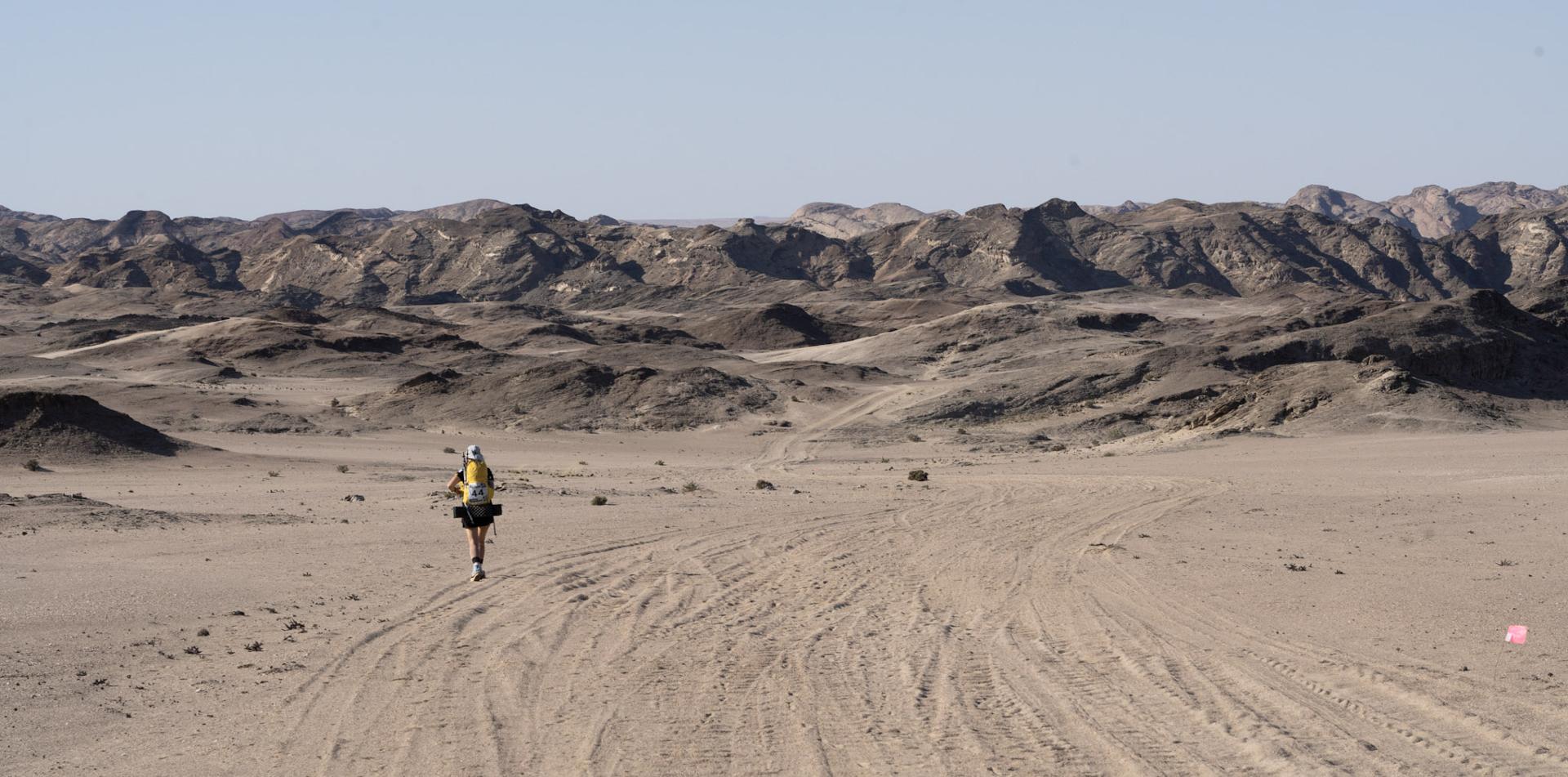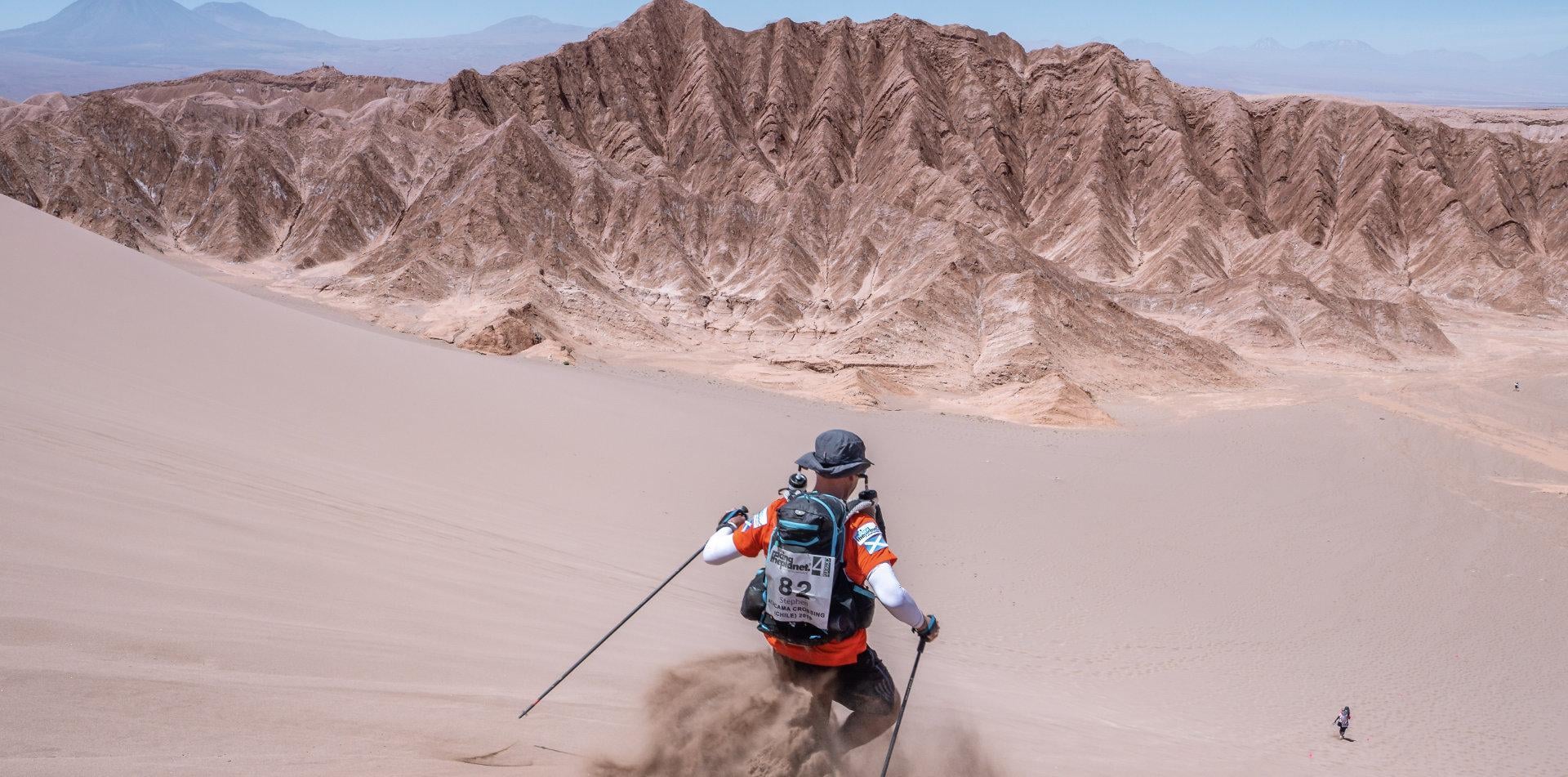Iliotibial Band Syndrome (ITBS)
Authors: Melita Moore, M.D. and Brandee L. Waite, M.S.
Definition/Anatomy: Iliotibial band syndrome (ITBS) is an overuse injury and is the most common cause of lateral knee pain in long-distance runners (1). The iliotibial band (ITB) is a thick band of tissue that originates on the pelvis and extends along the outside part of the thigh and attaches at two different points on the knee. One attachment is at the top of the tibia (shin bone) to a point called Gerdy’s tubercle. The other attachment, is at the end of the femur (thigh bone) called the lateral femoral condyle. It is here that the friction of the ITB causes pain. When the knee goes from a straight (extended) to a bent (flexed) position, the ITB moves across the condyle and causes friction. Most symptoms occur when the knee is flexed to 30 degrees (2).
It is thought that the degree of flexion at foot strike is a major contributor in ITBS and downhill runners have an increased incidence because the degree of flexion is reduced, thereby increasing the contact between the ITB and condyle (3). ITBS is also common in cycling, tennis and soccer. There are several ideas regarding the cause of ITBS including foot pronation, improper shoe wear, leg length discrepancy, downhill running, circular track running, inappropriate training, uneven running surface, camber, weak abductors and decreased hamstring flexibility.
Symptoms: The classic symptom in ITBS is a sharp burning pain at the outside part of the knee during activity. Usually, the pain starts during the run and the distance required to elicit the pain will shorten as symptoms get worse over time, and may linger and cause pain with walking (4). Typically, there is no pain at rest.

Treatment: Treatment of ITBS involves several phases. Reducing inflammation is key to decreasing pain. This involves rest, ice, and anti-inflammatory medications. This should improve pain, swelling and tenderness. The next phase includes stretching to decrease tension of the ITB and decrease friction at the attachments (5). Myofascial release such as Active Release Techniques? or deep tissue massage is excellent to incorporate during this time. Physical Therapy is beneficial to help modify training techniques, use of modalities such as ultrasound to decrease inflammation, assess proper foot mechanics and incorporate specific stretching exercises to increase flexibility of the ITB, quadriceps, hamstrings, gluteals and calf muscles. A focused stretch for the ITB is called the Cross-legged stretch. This is performed by standing with the affected side towards a wall and placing your elbow on the wall for support, cross the affected leg behind the unaffected leg, lean the hip towards the wall with the shoulders leaning the opposite direction until you feel a stretch on the affected hip. Hold this stretch for 30 seconds and repeat four times. Another great tool to improve flexibility of the ITB is a foam roller. Lie on the affected side and place the foam roller under the hip. Using the hands for stabilization, slowly move your body up and down the roller to massage the entire outer thigh. The final phase of treatment includes a strengthening program and a progressive return to running once pain free. This should include squats, single leg squats, side-lying leg lifts and pelvic drops (5). If pain persists after an appropriate stretching and strengthening program, shoe modification and gait analysis, a sports medicine specialist should be consulted for evaluation and potential treatment with a corticosteroid injection. Happy running!
References
1. Orava S. Iliotibial tract friction syndrome in athletes – an uncommon exertion syndrome on the lateral side of the knee. Br J Sports Med 1978; 12:69-73.
2. Neuschwander DC. Iliotibial band syndrome. In: DeLee JC, Drez D, Miller MD, eds. Orthopaedic sports medicine. Principles and practice. Philadelphia, PA: WB Saunders; 2003:1867-1878.
3. Orchard JW, Fricker PA, Abud AT, Mason, BR. Biomechanics of Iliotibial Band Friction Syndrome in Runners. Am J Sports Med 1998; 24:375-379.
4. Gerbino P, Nielson J. Knee Injuries. In: Frontera WR, Herring SA, Micheli LJ, Silver JK, eds. Clinical Sports Medicine. Medical Management and Rehabilitation. Philadelphia, PA: Saunders; 2007:421-439.
5. Corrado G, d’Hemecourt PA. Thigh Injuries. In: Frontera WR, Herring SA, Micheli LJ, Silver JK, eds. Clinical Sports Medicine. Medical Management and Rehabilitation. Philadelphia, PA: Saunders; 2007:411-419.







 Newsletter
Newsletter
 Online Store
Online Store





